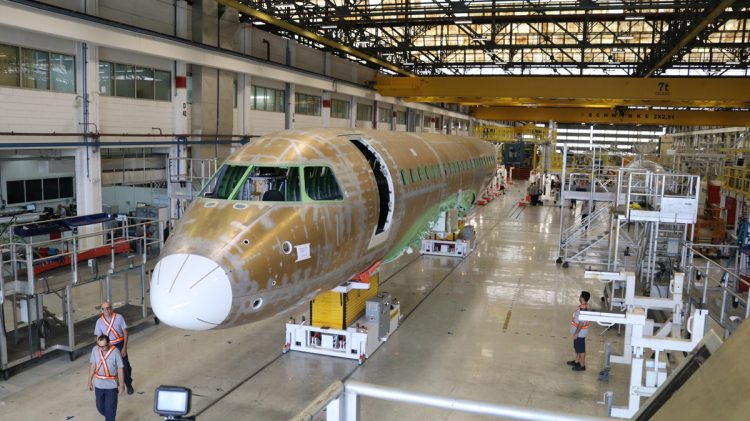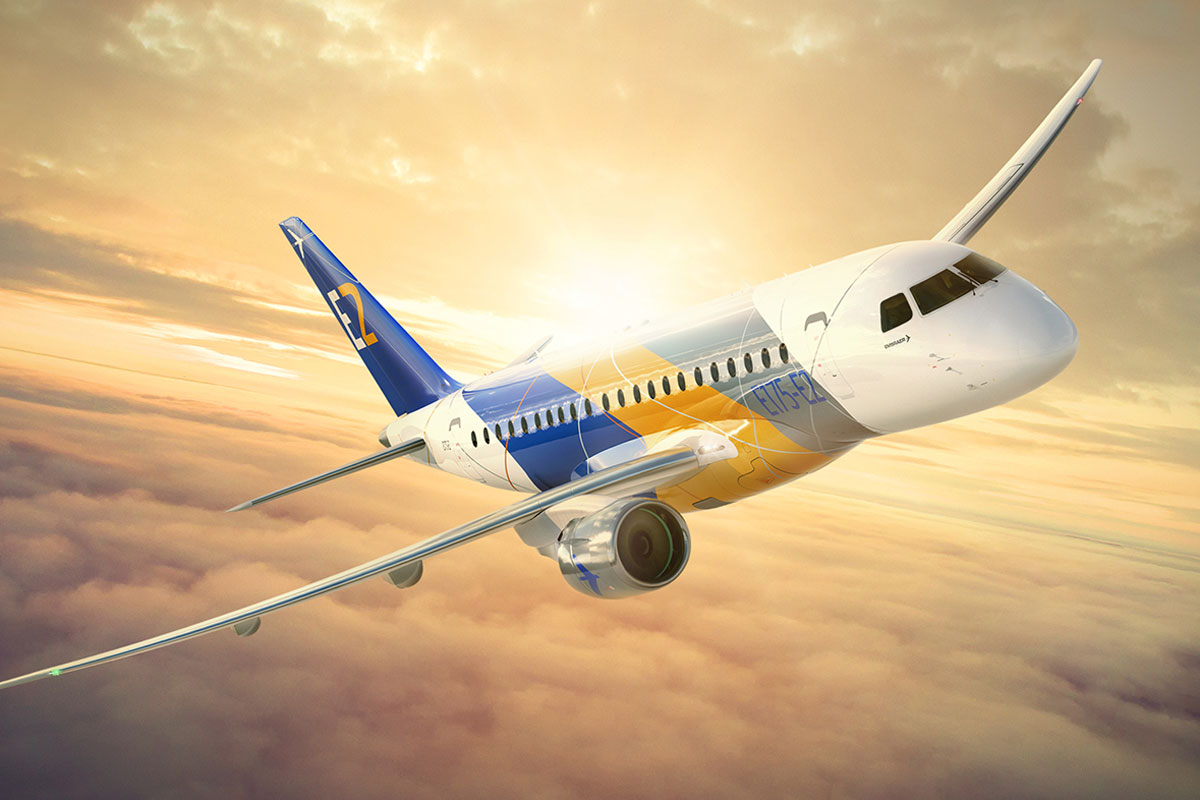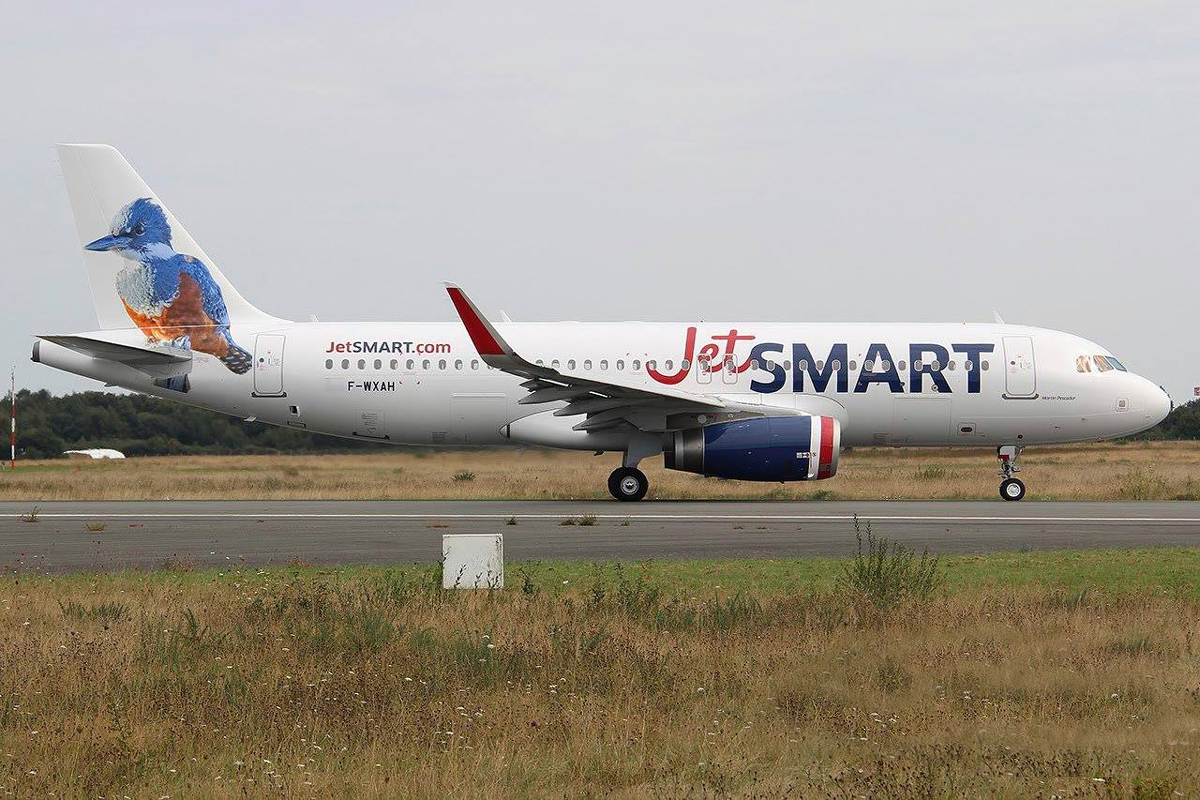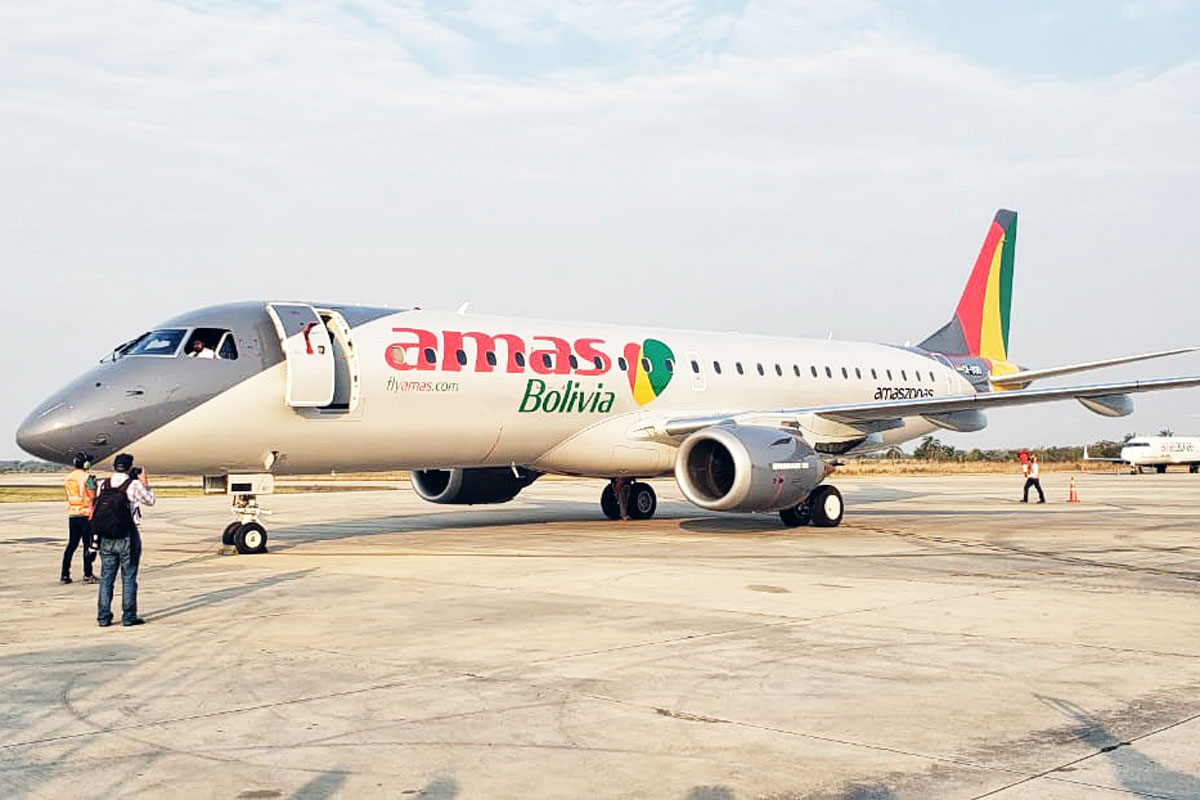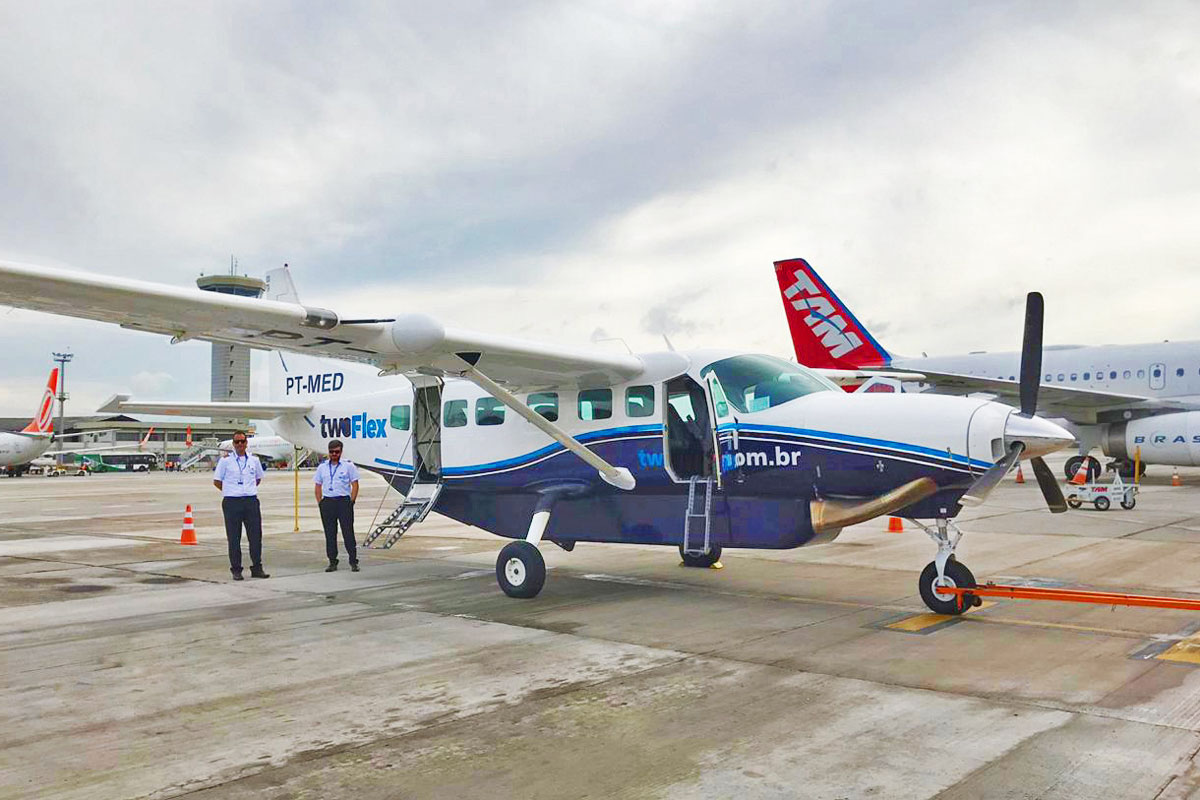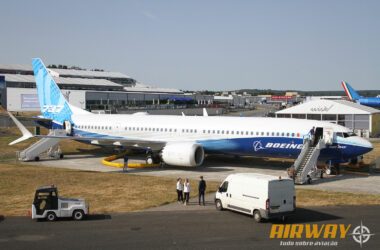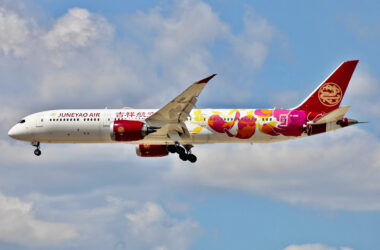Although its first prototype is in an advanced stage of assembly, the E175-E2 may take longer to reach the market. Embraer CEO John Slattery admitted in an interview that the release of the variant, scheduled for 2021, could be delayed “by a matter of months, certainly not years”. The reason alleged by the executive is not about the lack of customers (the jet has no firm order yet) but rather on cash flow.
Slattery also denies that the smallest jet of the E2 family has failed to attract customers. For Irishman, Skywest’s order for 100 E175-E2 units that is no longer on the company’s backlog is a “valid contract.” Because it has shares traded on the stock market, Embraer has to comply with some transparency clauses that its rival Mitsubishi Aircraft does not have – the Japanese company has also had a similar order from Skywest which is still on its backlog.
The E175-E2 should be the successor to the first-generation E175 and Embraer’s most successful commercial jet in its history. Designed to fit like no other aircraft to the limitations imposed by US pilot unions, the aircraft has received numerous orders from regional airlines. But the more economical and capable E2 variant is currently prohibited from being operated by these companies because of its maximum takeoff weight of over 86,000 pounds, the so-called “scope clause” limit.
Embraer hoped that this clause would be softened in new rounds of negotiations between crew members of American Airlines, United Airlines and Delta Air Lines, but indications are that there will be no change anytime soon.
Mitsubishi has decided to change the design of the MRJ70, relaunching the model as SpaceJet M100 and which, it guarantees, will make the jet comply with US regulations. Smaller and lighter than the Embraer, the Japanese jet should be upgraded to maintain good passenger capacity and range.
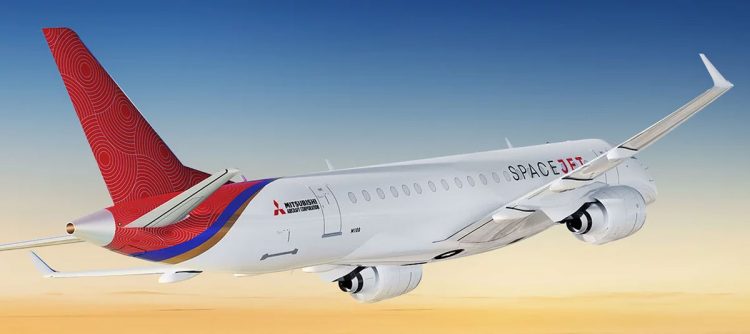
Non-US customers
In May, Airway witnessed the first prototype of the E175-E2 being assembled in Brazil. Embraer will build three prototypes for the testing campaign, one for static ground testing and two for flight.
The E175-E2 is almost one meter longer than the first generation model (32.4 meters versus 31.6 meters), allowing for a further row of cabin seats. The capacity of the new aircraft ranges from 80 to 90 passengers, while the E175 can hold from 76 to 88 seats. Other new features in the jet are more efficient engines, composite material wings and 100% full fly-by-wire control systems.
Despite the difficulties in the US market, Slattery remains optimistic and believes that the E175-E2 will account for a third of the family’s orders in the future. To support this prediction, Embraer is in advanced negotiations with non-US model customers. One of these could be British Airways, whose subsidiary CityFlyer is about to announce a new order to replace its E170 and E190.
For these reasons, the delay in the E175-E2’s arrival on the market would be strategic, despite the fact that the first flight was scheduled for 2019. It will then be at least two years to certify the jet awaiting the much desired orders.
